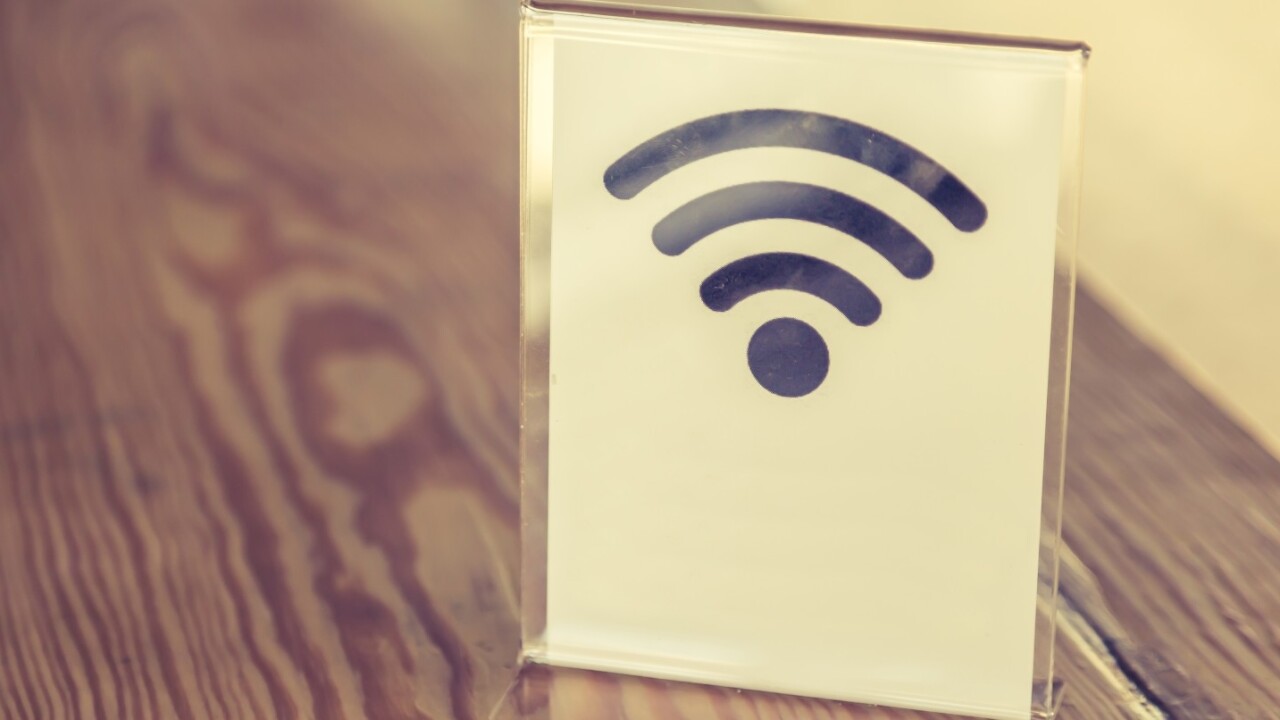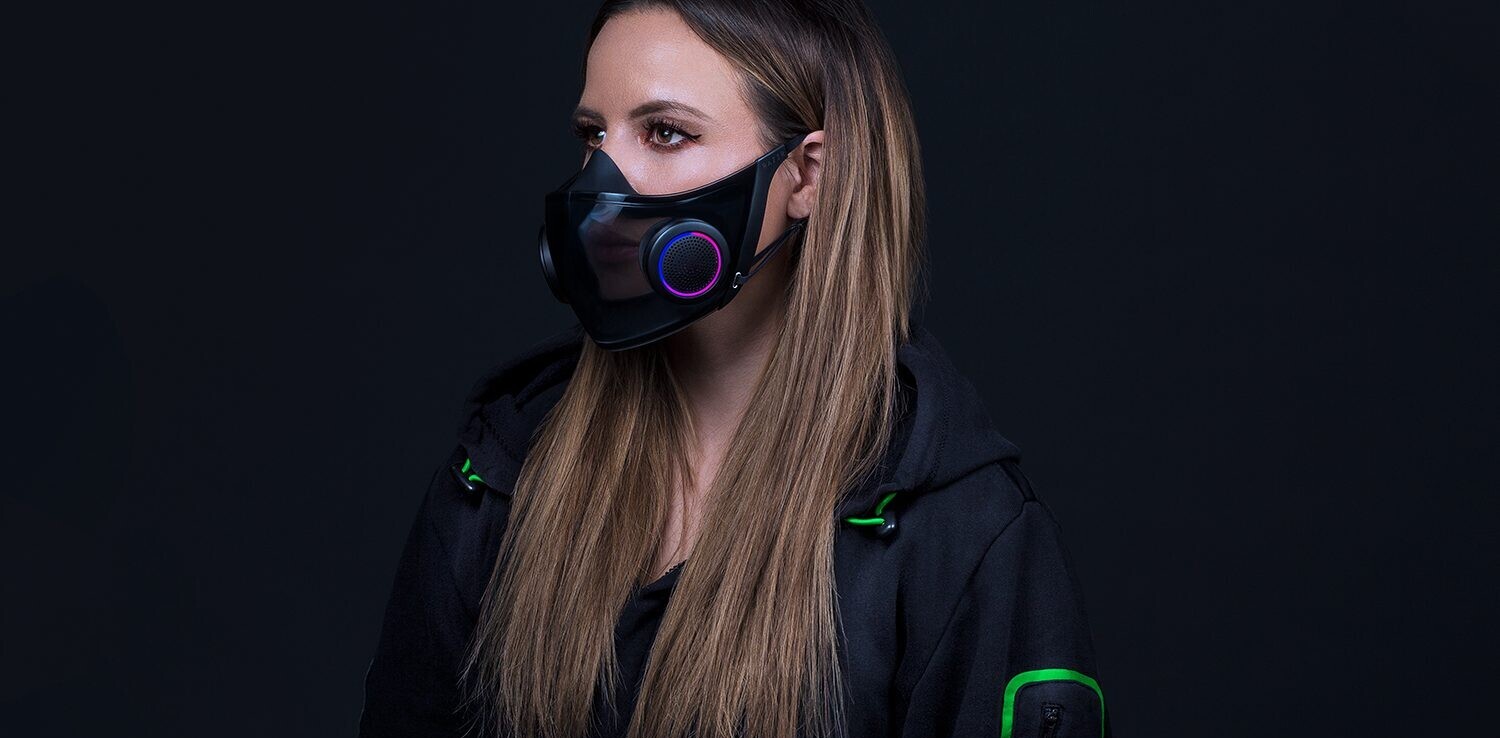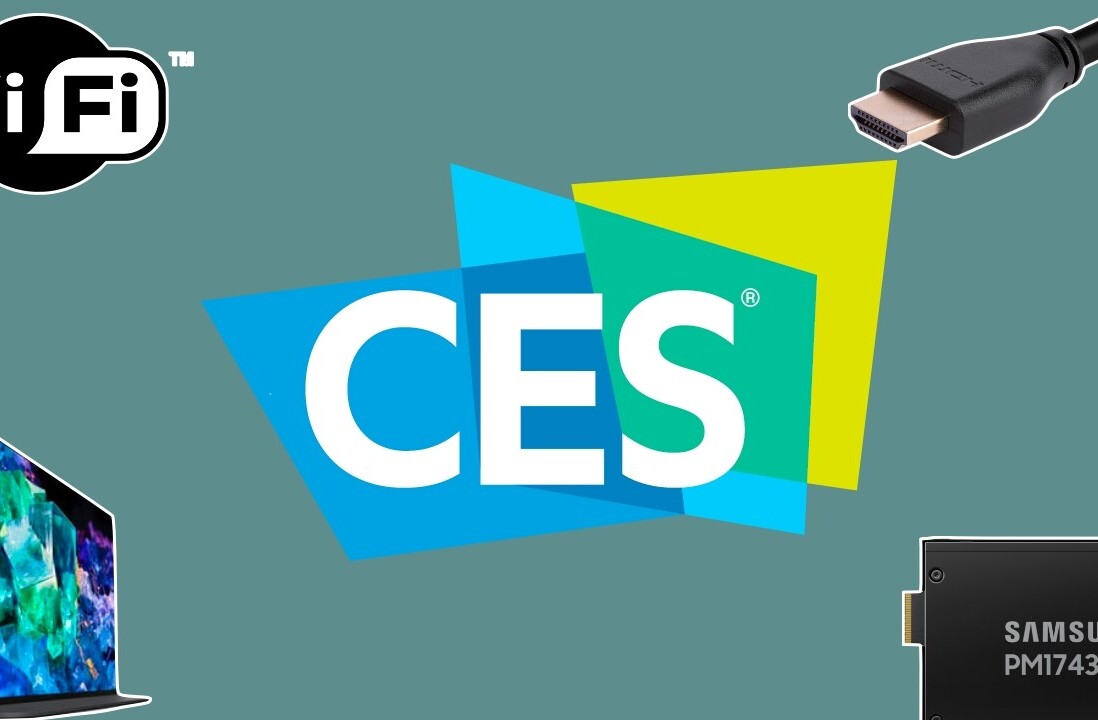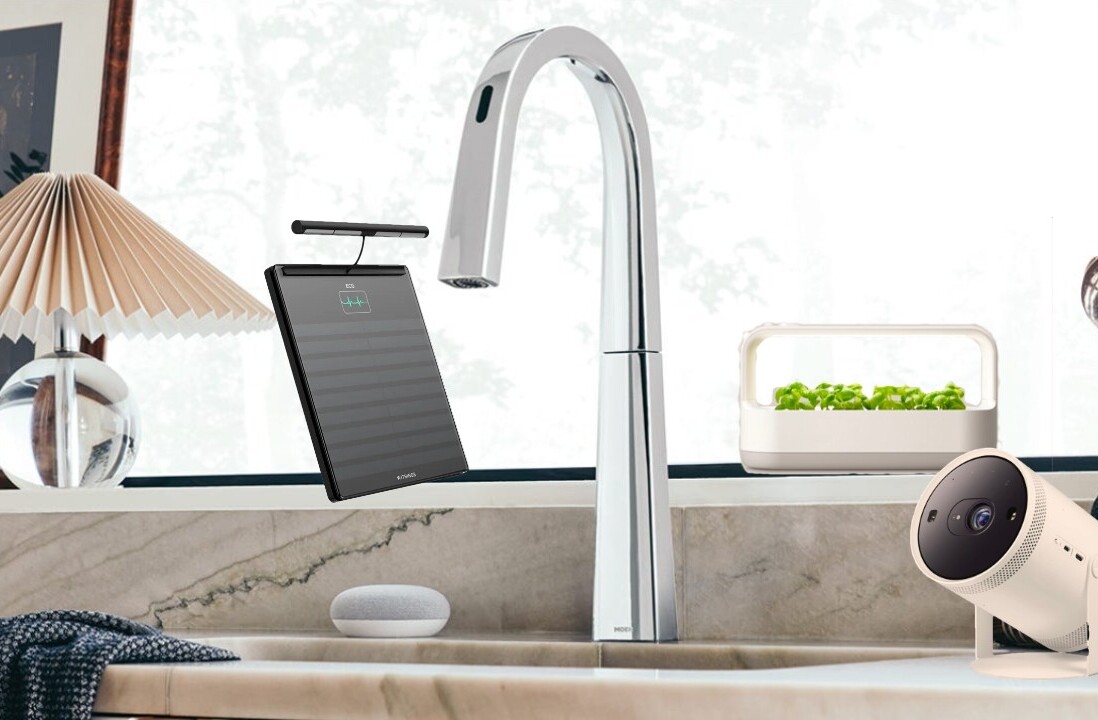
Anyone who’s attended a tech conference (or pretty much any conference, for that matter) will know that the state of the Wi-Fi often leaves a lot to be desired (though not at our own conferences, of course). The problem is usually one of lack of capacity and insufficient range, but the latter is one problem that should improve with a future version of Wi-Fi called ‘Wi-Fi HaLow‘.
The new standard (an extension of the existing 802.11ah standard) operates in sub-1GHz frequencies, which offers better propagation across longer distances. In short, the Wi-Fi in your home, office, coffee shop and anywhere else should reach about twice as far as it currently does. Not only does it make it useful for your average user, it’s also a far lower-powered version
However, the 900MHz based Wi-Fi HaLow standard will require devices to support the service, meaning it’s up to manufacturers to add support to individual devices, just as it would choose to support Bluetooth or NFC. As a result, the first devices to start supporting Wi-Fi HaLow won’t be certified until at least 2018, so you’re going to have to struggle on with your crappy Wi-Fi signal for a while longer it seems – realistically, this is aimed at low-power devices and their uses, rather than general browsing.
Devices that will support HaLow will also support regular Wi-Fi using the 2.4GHz and 5GHz bands, for areas where the new standard isn’t available.
The Wi-Fi Alliance is positioning the new technology as a potential alternative to using Bluetooth for Beacon-like technology and smart city applications, though at this point it remains untested in the wild.
➤ Wi-Fi Alliance® introduces low power, long range Wi-Fi HaLow [Wi-Fi Alliance via Gizmodo]
Get the TNW newsletter
Get the most important tech news in your inbox each week.




